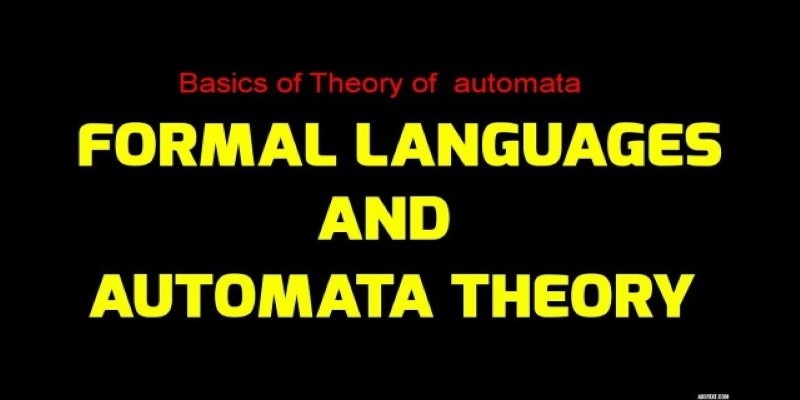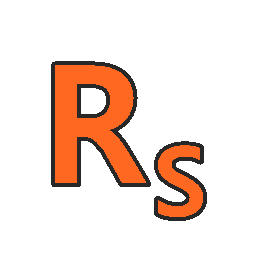
About Course
Formal Languages and Automata theory presents the theoretical aspects of computer science, and helps define infinite languages infinite ways; construct algorithms for related problems and decide whether a string is in language or not. These are of practical importance in the construction of compilers and designing of programming languages, thus establishing the course as a core paper in the third/fourth year of various universities.
The Highlights of this Formal Languages and Automata theory course:
1.Introduction to Automata theory.
2.Types of Formal Languages(Chomsky hierarchy).
3.Finite Automata and Types.
4.Total 22 DFA problems and solutions clearly explained.
5. DFA Conversions,Operations & Equivalence.
6. DFA minimization using
a. Equivalence method.
b.Table filling method.
6. Pushdown Automata.
7.Total 8 PDA problems and solutions clearly explained.
8.Turing machines.
9.Total 5 TM problems and solutions clearly explained.
10. Equivalence of 2 DFAs
11. Introduction to Pushdown Automata
12.Total 8 Pushdown Automata problem
Who this course is for:
- Computer Science & Engineering and Information technology students
Course Content
FORMAL LANGUAGES AND AUTOMATA THEORY
-
Turing Maching – Definition , Tuple notation and problems with clear explanation
00:00 -
9. DFA Minimization using Table filling method
00:00 -
8. DFA Minimization using Equivalence method
00:00 -
7. epsilon NFA to NFA conversion
00:00 -
6. e-closure of a state
00:00 -
5. NFA TO DFA Conversion
00:00 -
4.22. DFA for strings of the form a power n
00:00 -
4.21. DFA for strings of the form a3bwa3
00:00 -
4.20. DFA for strings that last symbol from Left end
00:00 -
10. Equivalence of 2 DFAs
00:00 -
11. Introduction to Pushdown Automata
00:00 -
12.8. Pushdown Automata problem no.9
00:00 -
12.7. Pushdown Automata problem no.8
00:00 -
12.6. Pushdown Automata problem no.7
00:00 -
12.5. Pushdown Automata problem no.6
00:00 -
12.4. Pushdown Automata problem no.5
00:00 -
12.3. Pushdown Automata problem no.3 & 4
00:00 -
12.2. Pushdown Automata problem no.2
00:00 -
12.1. Pushdown Automata problem no.1
00:00 -
4.19. DFA for strings that number of a s followed by b’s
00:00 -
4.18. DFA for strings that every a followed by b
00:00 -
4.17. DFA for strings that does not ends with ab
00:00 -
4.6. DFA for substring as abb
00:00 -
4.5. DFA for strings starts with abb
00:00 -
4.4. DFA for strings ending with abb
00:00 -
4.3 : DFA of length atmost 2
00:00 -
4.2. DFA of length atleast 2
00:00 -
4.1. construct DFA of length 2.
00:00 -
3. Types of Finite Automata and Language acceptance
00:00 -
2. Finite Automata with examples
00:00 -
4.7. DFA for length of string divisible by 3.
00:00 -
4.8. DFA for number of a’s equal to 2
00:00 -
4.16. DFA for set of all strings starts and ends with different symbol
00:00 -
4.15. DFA for set of all string s starts and ends with
00:00 -
4.14. DFA for set of all string over 0,1
00:00 -
4.13. DFA for divisibility in binary by 4
00:00 -
4.12. DFA for divisibility in binary
00:00 -
4.11. DFA for divisibility of a and b
00:00 -
4.10. DFA for even length of a and b
00:00 -
4.9. DFA for divisibility
00:00 -
1. Introduction to Automata theory
00:00
Student Ratings & Reviews

No Review Yet
